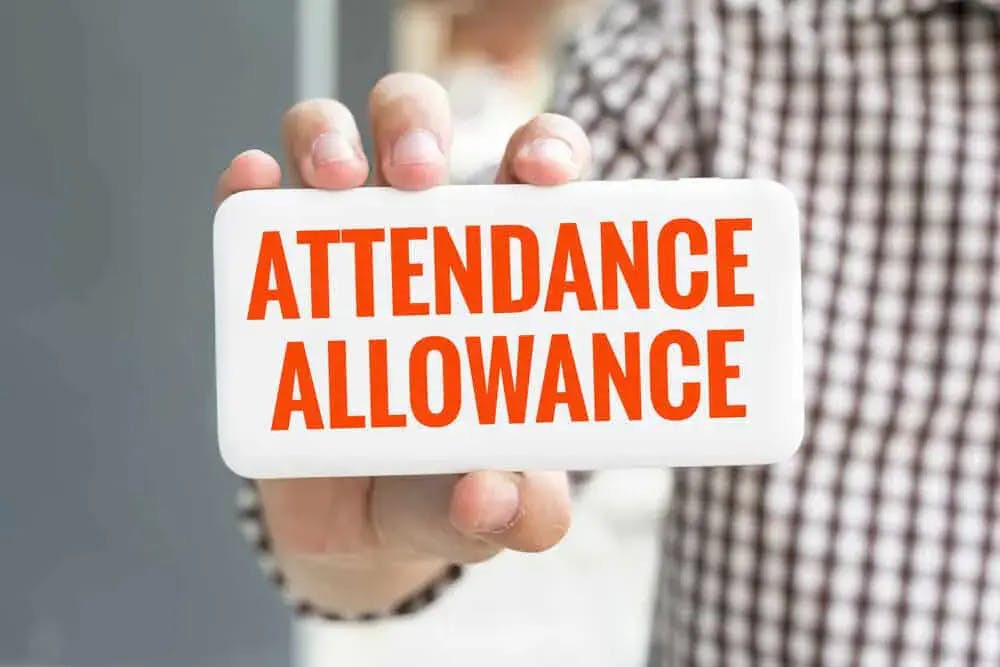Care Home Funding | Do You Have To Pay?

Estimated Reading Time: 4 minutes
Depending on your savings and whereabouts you live in the UK, you may be eligible for care home funding. If eligible, you’ll be able to get partial or complete financial assistance with paying for long-term residential or nursing care from your local council or the NHS.
Care Home Funding Options
First, your local council will give a care needs assessment. These are free and they determine how much support you or your loved one requires.
If it’s decided you or your loved one need care, the council will then carry out a financial assessment (also known as a means test). This test is free as well, and it’ll work out how much financial support you’re eligible to receive, depending on your income and capital (based on the figures we mentioned above).
Your property’s value is usually included in this means test. However, there are some circumstances where it won’t be included, such as if you need care to remain in your own home.
Self-Funding
When self-funding care, there are several different ways to pay for your care, including:
- Using savings or shares you’ve built up
- Selling your home or downsizing
- Renting out your home
- Selling other things you own
- An immediate needs annuity for care costs
- Taking advantage of the 12-week property disregard
Something to be aware of is that self-funders who have reached the State Pension age and require an elevated level of care and support qualify for Attendance Allowance. Through this benefit, you’ll either receive £72.65 or £108.55 a week, depending on your needs. We also have a guide explaining what medical conditions qualify for Attendance Allowance.
Local Authority Funding
If you’re eligible for funding support with care home costs, your local council will pay for some or all of your care fees, as determined by the financial assessment we mentioned earlier.
When eligible for state funding, benefits such as your State Pension or Private Pension will still be used to help pay for your care. However, you’ll also be allocated a weekly income - a Personal Expenses Allowance. This must be at least £25.65 a week but it’ll vary, depending on whereabouts in the UK you live and what your local council decides.
How does the council pay for and arrange your care?
If it’s decided that the local council will pay for some or all of your or your loved one’s care, you’ll be given a personal budget. This budget and its amount will be worked out when the council creates a care plan with you.
This personal budget must be enough to pay for at least one suitable care home.
If you’d like to live in a more expensive care home than the one(s) picked, your local authority may still agree to pay for it, provided a third party (such as a family member or friend) pays the rest. This is known as a top-up fee.
Your personal budget can be set up in three different ways. In some cases, you can pick a combination of these three options:
A direct payment will be made into your bank account to be spent on the agreed types of care. Often, your local council will ask for proof (such as receipts) that you’re spending the money on care
Your local council arranges care on your behalf and directly pays the chosen care provider (such as a residential care home) for you
A chosen organisation (such as an individual service fund) will manage your personal budget on your behalf
For further information or advice surrounding personal budgets, call the Disability Rights UK Personal Budgets Helpline on 0330 995 0404.
NHS Funding
In England, Wales and Northern Ireland, if your assessed needs fall under nursing care and you’re a self-funder, you may be eligible for support with paying for nursing home fees.
Here, the NHS will arrange and pay for your care through NHS Continuing Healthcare (NHS CHC). In this case, your care home placement will be free. You must be referred to the NHS through your local council if they think you might be eligible for this.
If you aren’t eligible for NHS CHC but you still require nursing care, the NHS may instead pay some of your nursing fees directly to the home. This is known as NHS-Funded Nursing Care (NHS FNC).
Lottie matches care seekers with the best care homes for their needs. You can request a free care home shortlist from our care experts, who will share homes matching your budget, location and type of care needed. You can also search for a care home through our easy-to-use directory.
Frequently Asked Questions
What happens if you need a care home but have no money?
If you or your loved one require a care home but don’t have the money to pay for it, you should get a care needs assessment and financial assessment from your local council. The Care Act 2014 says that local authorities are legally obliged to support people with eligible needs who are unable to pay for care themselves.
Can I sell my house to avoid care home costs?
You shouldn’t sell or gift your property as a way of deliberately avoiding care home fees. You also shouldn’t put your house in a trust as a way of not paying for care. Doing this is known as a deprivation of assets. If the local authority believes you’ve intentionally done this, they may calculate your assets as though you still own this house, meaning you’ll still have to pay for care.
Do people with dementia have to pay care home fees?
Yes, people with a form of dementia usually do have to pay some or all of their care home costs. During a care needs assessment, social services should provide your loved one with a list of suitable care homes.
Free Care Fees & Funding Email Course
Written by our team of experts and designed to help families fund later life care in England.



